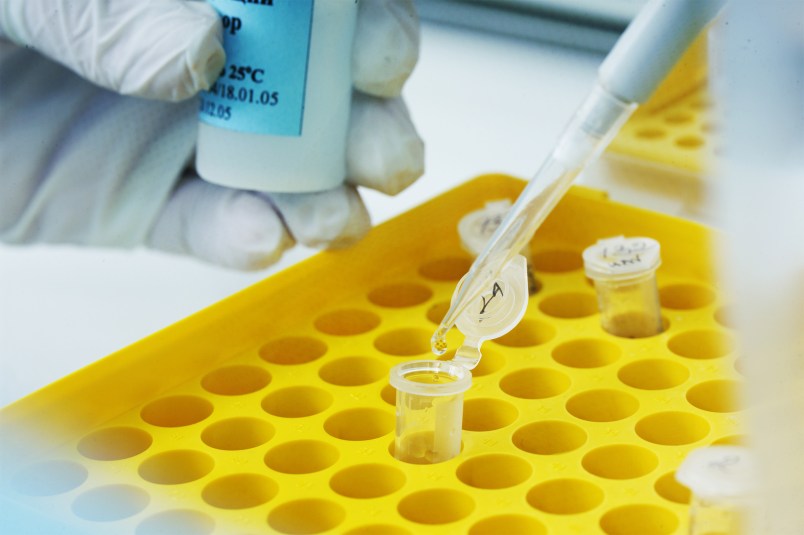When Thomas Duncan, a Liberian national, became the first person in the U.S. to be diagnosed with Ebola, it set off alarm bells. Some Americans thought of Ebola as a disease that happened to people in countries far away. That wasn’t the case anymore.
But while the current reality of Ebola is unsettling—and the disease remains potentially deadly—the biopharmaceutical industry and its partners in government health agencies and research centers have been working for years to solve global puzzles like Ebola and countless other threats, just as they did with specters like smallpox, polio, measles or HIV/AIDS, which have all been cured or are treatable conditions today.
Here’s what’s being done:
Medical Developments in the Works
There are eight potential vaccines and treatments in clinical trials and at least 23 more moving through preclinical or earlier studies around the world. The U.S. National Institutes of Health’s (NIH) Vaccine Research Center and GlaxoSmithKline (GSK) are co-developing a vaccine for the prevention of Ebola infection with initial data from the Phase I (of III) trials expected by the end of the year. In addition, Johnson & Johnson has announced a commitment of up to $200 million to accelerate and expand the clinical testing and production of its Ebola vaccine regimen. Currently in preclinical testing, the vaccine regimen is set to enter into clinical trials in early 2015. Merck recently announced that they have licensed rights to NewLink Genetic Corp’s promising vaccine candidate, which is expected to help boost production of the experimental medicine and speed the development timeline.
While it typically takes at least a decade of research and development and an average of $2.6 billion to bring a medicine to patients, biopharmaceutical research companies are working hand in hand with global health organizations (including the NIH and FDA) to assess the safety and effectiveness of new potential treatments. They are also looking for ways to effectively scale-up the manufacturing of these complex medicines. For example, Amgen is working closely with the Bill and Melinda Gates Foundation to explore innovative ways to increase production of a promising experimental medicine from Mapp Pharmaceutical.
Biopharmaceutical researchers are working to address a number of challenges, says Ripley Bayou, M.D., head of GSK’s Ebola Vaccine Research.
“The challenge is to show that this vaccine is safe and [provokes an immune response] in a very short period of time,” he says. “To get answers [quickly] without sacrificing quality.”
Helping Those in Need – Now
Researchers are also focusing on the development of therapies that can treat patients who have already been exposed to Ebola. There is a particular emphasis on providing treatments for healthcare workers, who have made up 10 percent of all Ebola deaths to date.
“Right now, physicians and nurses are working on the ground in Africa to help men, women and children infected with Ebola. They are putting themselves at grave risk to deliver good healthcare to others,” says Paul Stoffels, M.D. chief scientific officer at Johnson & Johnson. “Providing them—and all the people at risk of infection in Africa and abroad—with protective vaccines, new medicines and basic healthcare supplies, can help stop the sweep of Ebola infection across Africa and ensure it doesn’t significantly impact the rest of the world.”
Biopharmaceutical companies are teaming up with organizations like Map International to provide food, medical supplies and health care support. Medical nonprofits like Project HOPE and Direct Relief play critical roles as well; these organizations are providing West Africa with donated medicines, supplies and financial support, while working with the Centers for Disease Control and Prevention (CDC), the World Health Organization and NIH to coordinate efforts to streamline the response to the disaster and learn how to better prepare for—or even prevent—future disease outbreaks.






